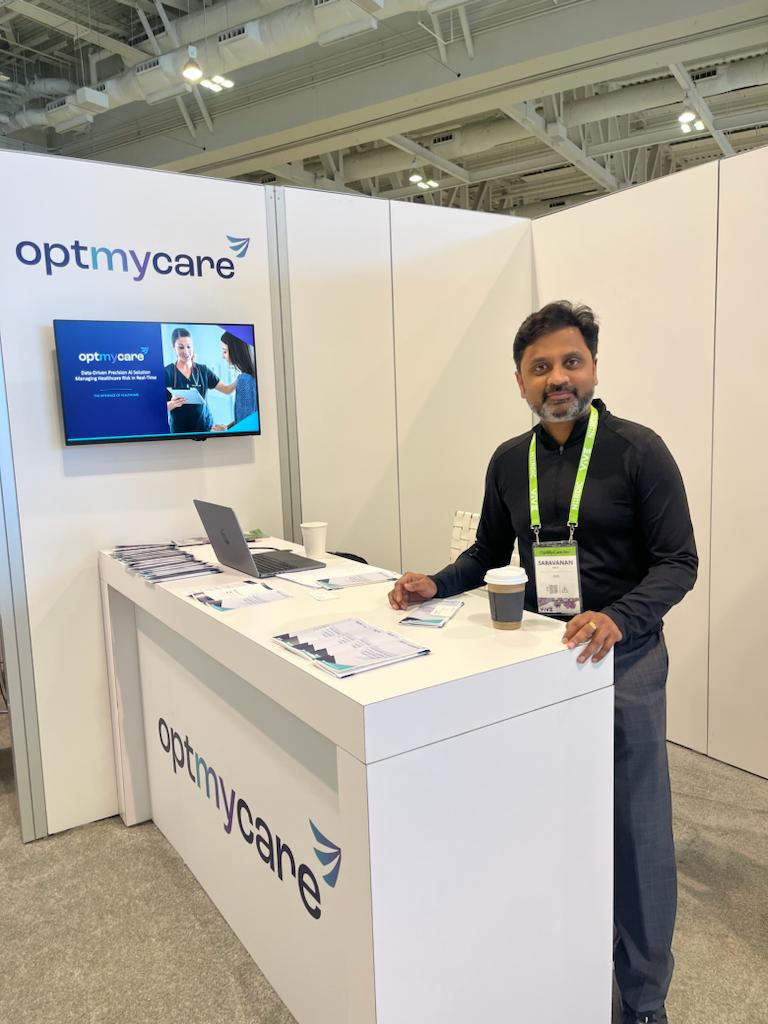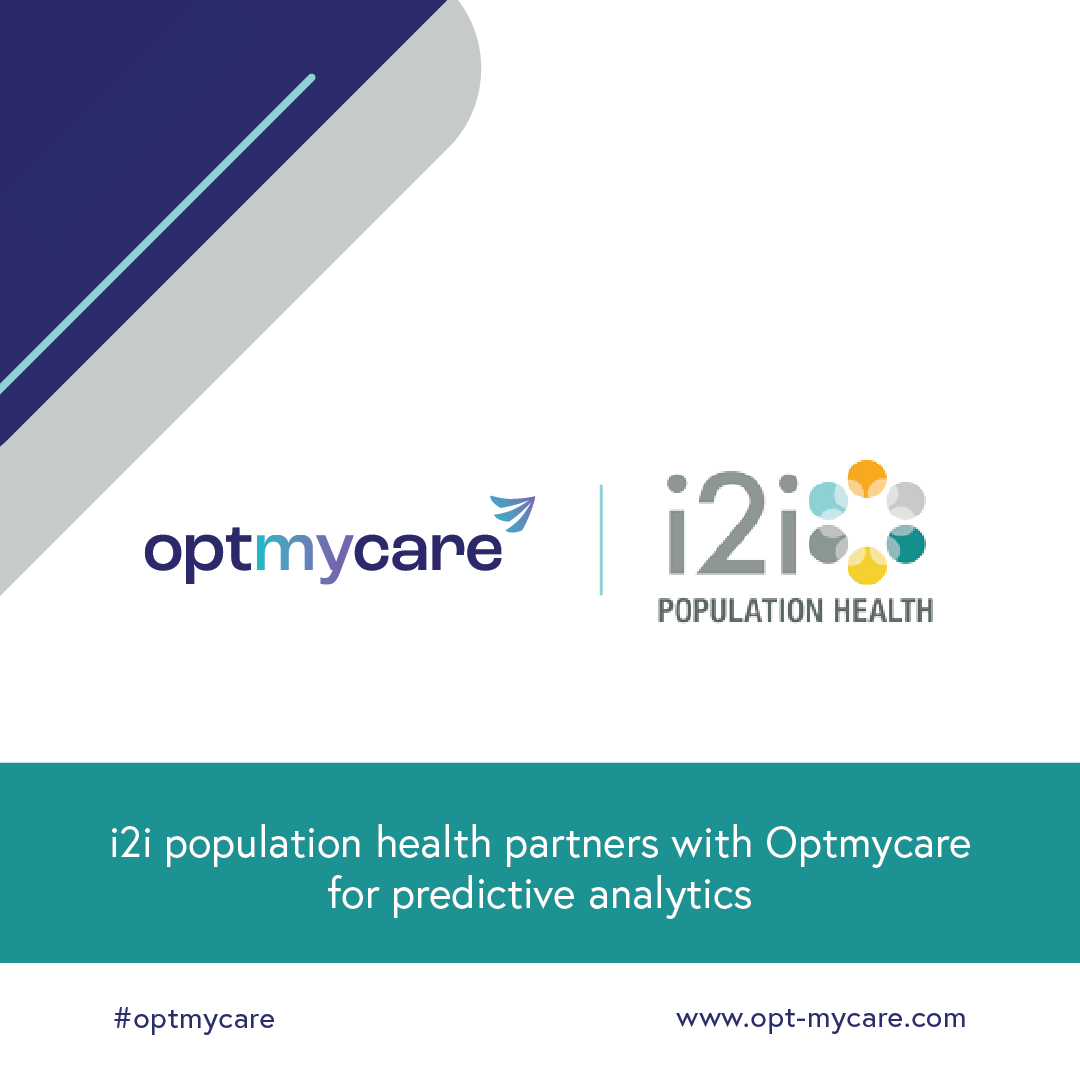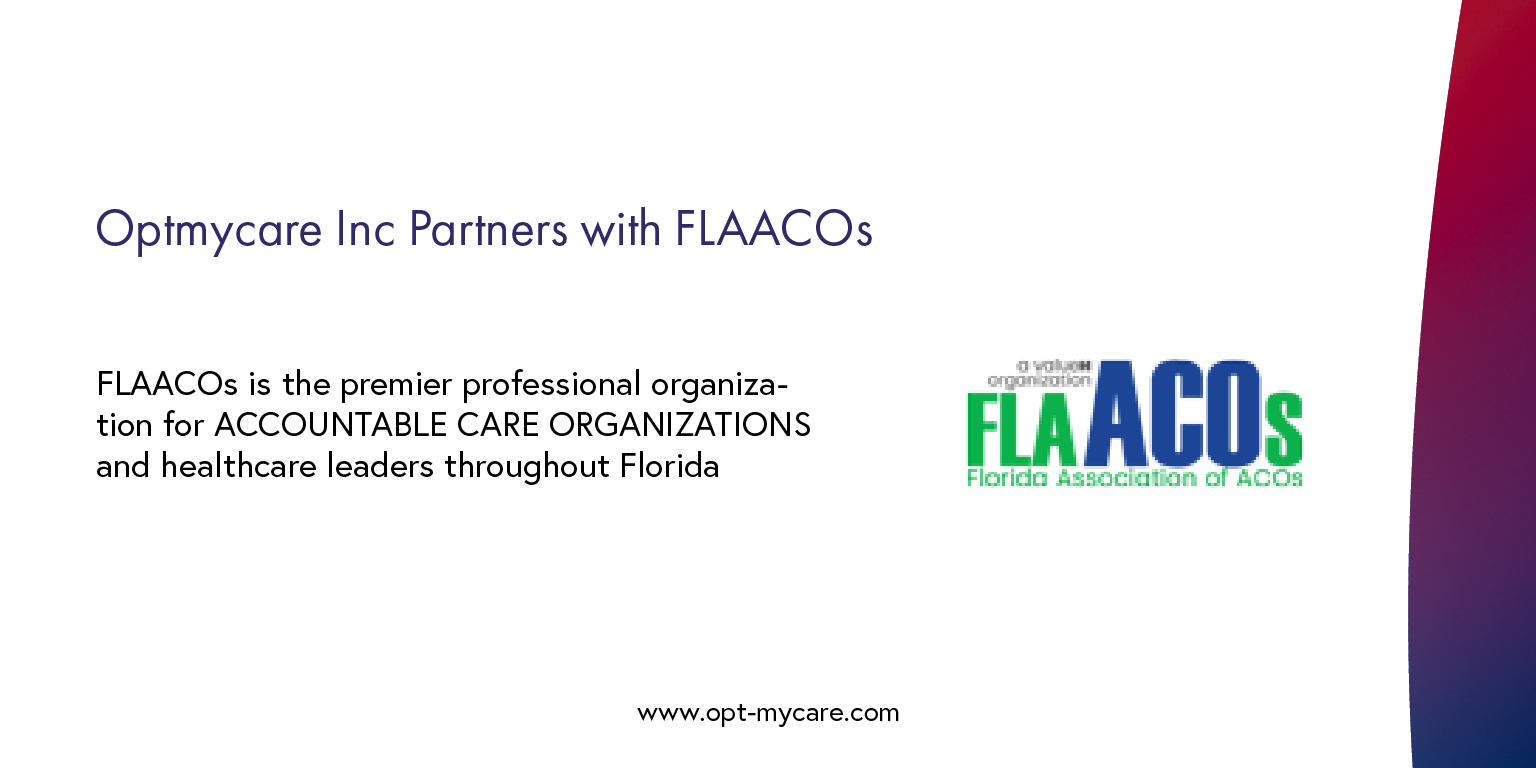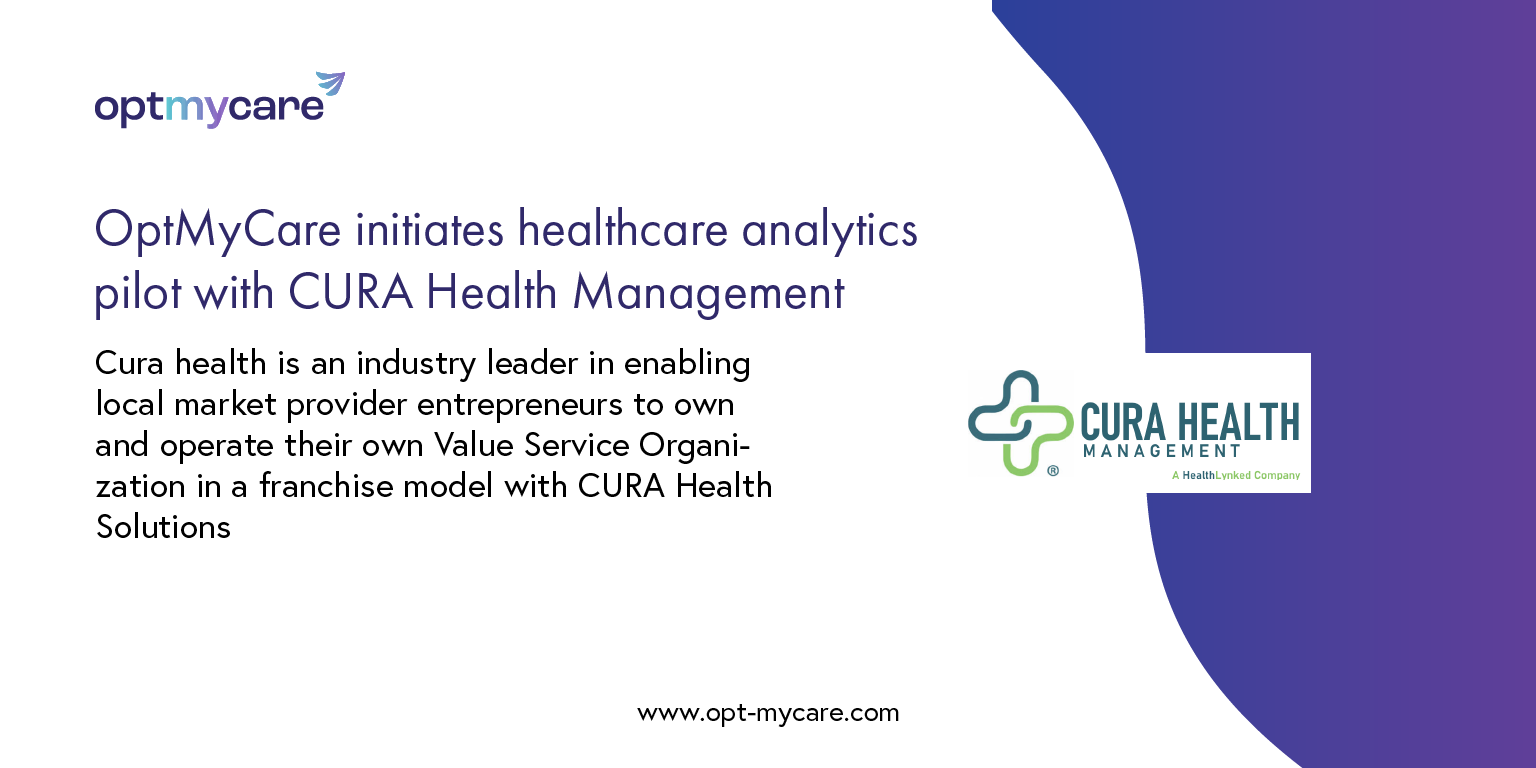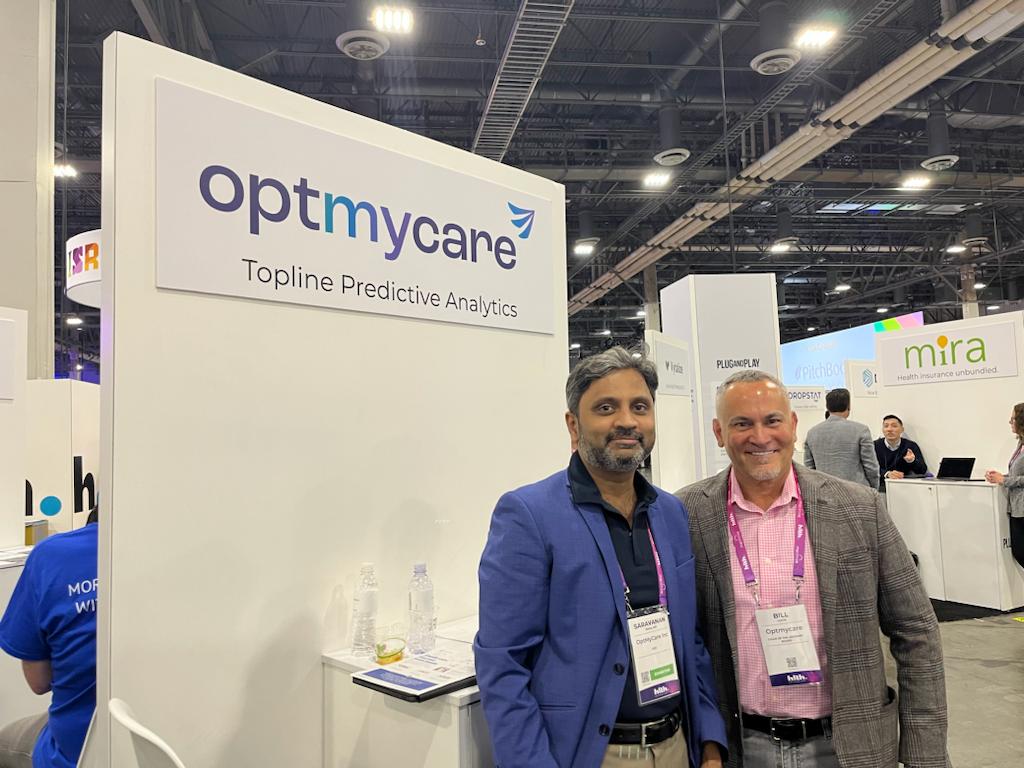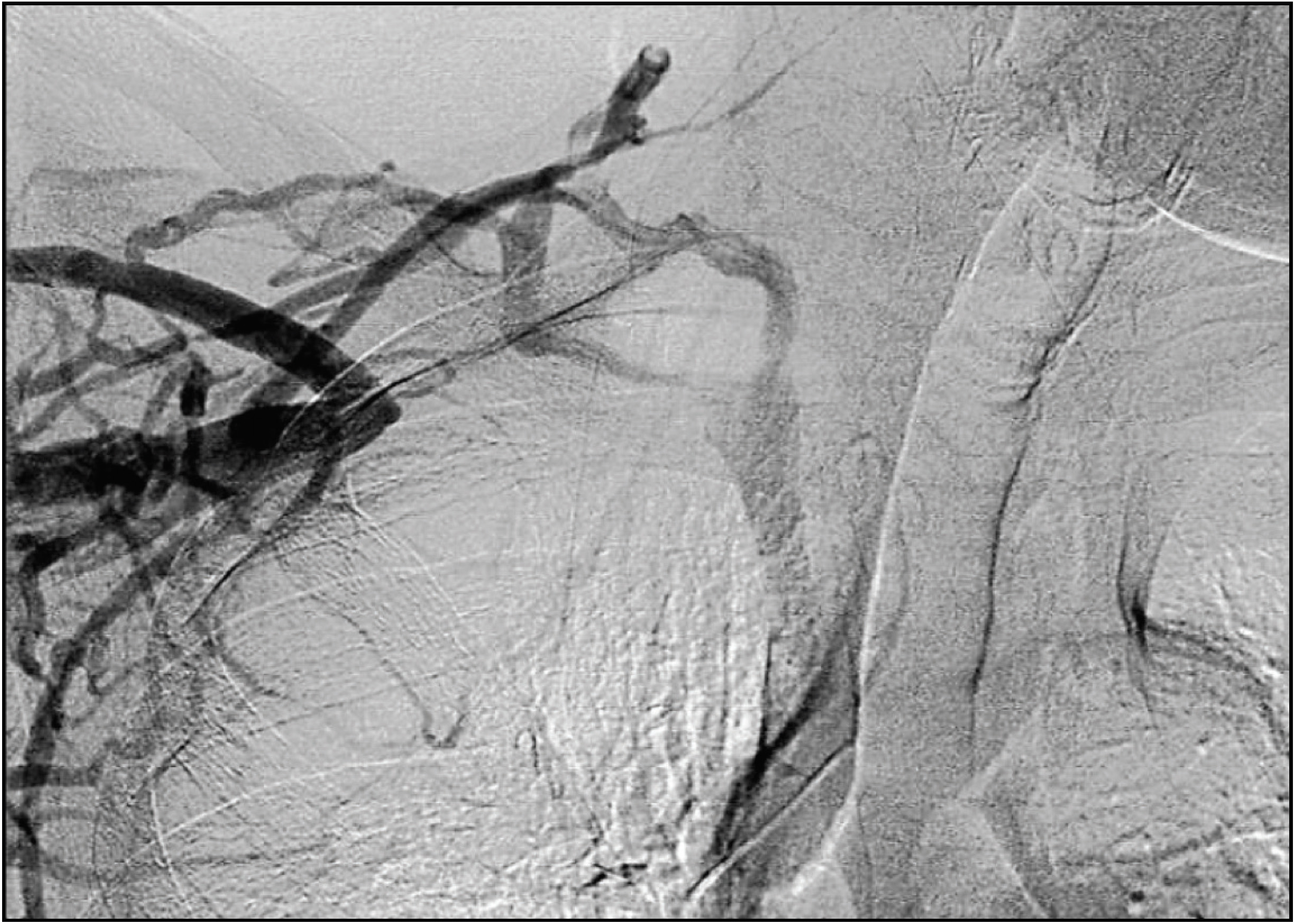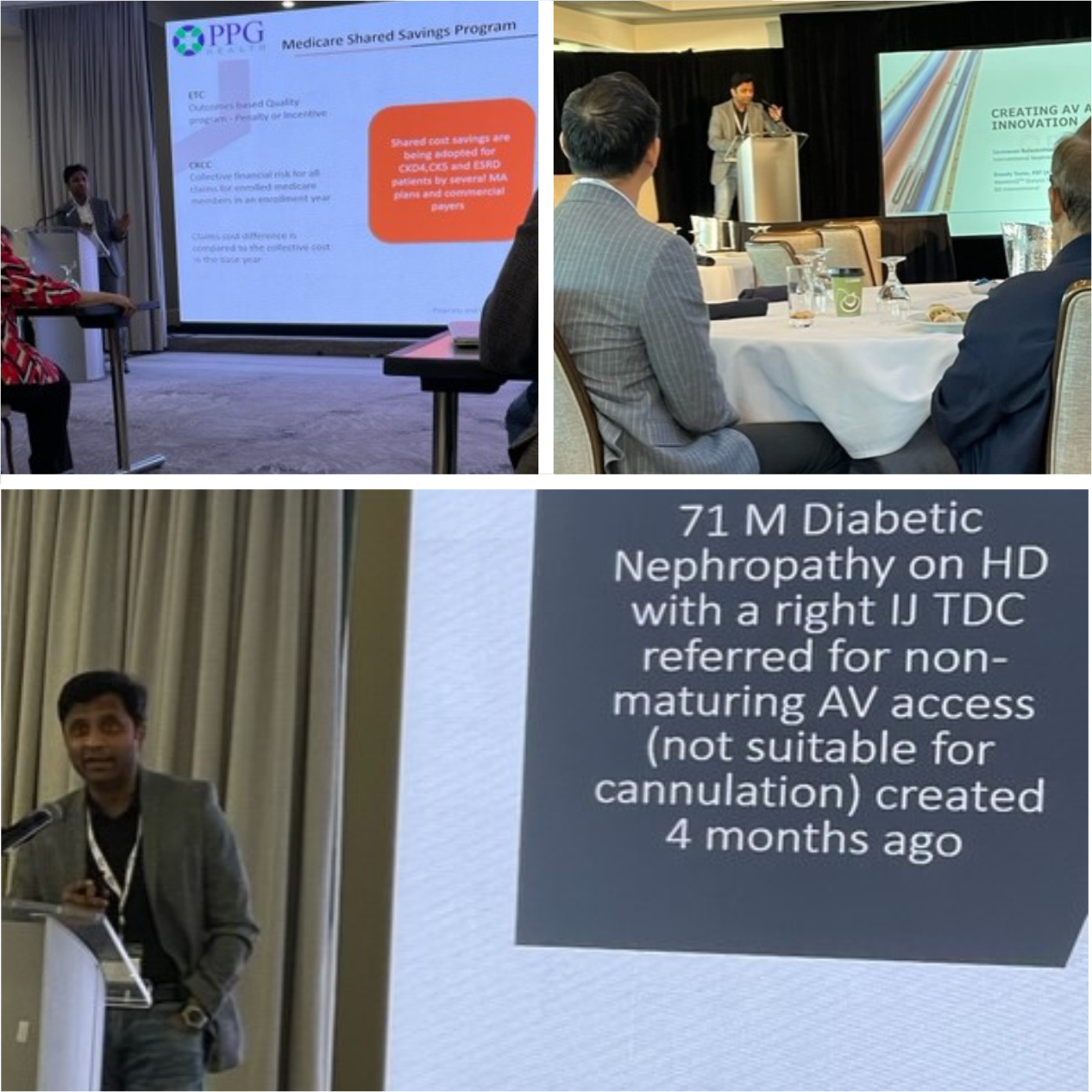OMC’s Precision Analytics
OptMyCare™ provides clinically pre-mapped precision analytics which facilitate the accurate identification of emerging clinical and financial risks. Our patient-specific and evidence-based prescriptive analytics guide “next-best actions,” helping organizations actively mitigate risk.
1. Descriptive Analytics: OMC’s descriptive analytics provide quality care gap identification, provider performance metrics, patient risk stratification by disease state, patient as well as providers engagement assessments, and SDOH risk assessments.
2. Predictive Analytics: OMC’s prescriptive analytics calculate risk projections across 55 disease states as well as MCC for the upcoming year, generate cost projections for the upcoming year (total claims costs, patient-level costs, and costs by site and service), identify leakage projections, and track risk progression across chronic conditions for the upcoming year.
-
- -Patient Level: Emerging Clinical Risk Data: Multi-Chronic by Disease State (55 Conditions), Claims Risk, Hospitalization Risk, Disease Progression Emerging Financial Risk Data (Upcoming Year Spend): Total Predicted Cost, Predicted Cost by Disease State
- -Population Level: Emerging Clinical Risk Data: Total Risk Levels, Risk Levels by Disease State Emerging Financial Risk Data: Total Predicted Costs, Total Costs by Disease State, PMPY Total Predicted Spend, PMPY Spend by Disease State
3. Prescriptive Analytics: OMC’s prescriptive analytics offer precise and actionable patient level CDS, cost avoidance recommendations at provider and group level, patient-level tasks and recommendations, and care recommendations to reduce leakage.
- -Patient Level: Actionable Risk Level Stratification (Low, Moderate, High)Actionable Clinical Risks: Patient-Specific Care Recommendations by Disease State Patient as well as Risk Level
AI platform – Mitigate risk & cost
Previously recommendations and decisions were made based on inputs largely derived from the judgements of individual case managers and clinical reviewers. These recommendations, not always accurate, did not derive the benefit of lessons from past recommendations and their ultimate outcomes. By leveraging ML, we are able to both capture and scale the collective intelligence of past learning to improve future outcomes.
A scalable, secure cloud based solution for coordinating care and containing the costs of multiple chronic conditions
AI application increases our scalability and substantially decreases the wait time on risk outputs
Creates a unified data bridge between patients, providers and mayors
Easy to use application for web and mobile devices
AI algorithms deliver real time outputs, allowing rapid accurate decision-making
Improves workflow, lowering the time and costs associated with manual processing
How it works?
OptMyCare™ provides clinically pre-mapped precision analytics which facilitate the accurate identification of emerging clinical and financial risks. Our patient-specific and evidence-based prescriptive analytics guide “next-best actions,” helping organizations actively mitigate risk. OptMyCare addresses multiple chronic conditions; an area of significant unmet need costing over $3Tn to the healthcare system as per CDC.
Step-1
Employ OMC services
Organization engages with OMC to ingest data to provide an initial overview of data. Full engagement is then established to provide a full suite of precision analytics
Step-2
Data Ingestion
OptMycare primarily ingests claims data but can also ingest structured and unstructured EHR, Lab, Rx and Patient-Provided Data
Step-3
Clinical & Financial Risk Stratification
Through its proprietary risk stratification system, OMC stratifies patients and members by emerging clinical risk holistically and by disease state. Emerging Financial Risk is stratified by a predicted cost for the upcoming year.
Step-4
Risk Mitigation Recommendations
Patient-Specific and Evidence-Based clinical care recommendations are provided to help guide treatment and “next best action”. Care management patient recommendations and tasks are also provided to help empower patients and members to better control their health.
For Payors
Analytics for risk identification, stratification, mitigation and optimization
For Providers
Care optimization, claims payment guidance, follow-up reminders and education
Main benefit
Solving the problem of rising healthcare costs
Machine learnt outputs further enhance the predictive capability of the algorithms to analyze and optimize risk in large cohorts
AI & Machine Learning
Tightly coupled firewalls, SSL enabled, encrypted data security deployed in micro-services architecture.
Secure & HIPAA-Compliant
Proven technology stack deployed at several Fortune 500 Customers – Web (React JS, JAVA, MySQL), Mobile (nnnn), Analytics (ELT, Java, Python, Power BI)
Proven Architecture
A 2-4 week timeframe to process client datasets and deliver analytic results




